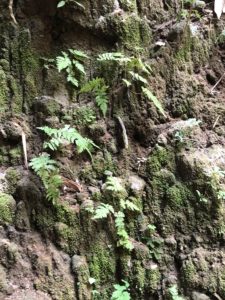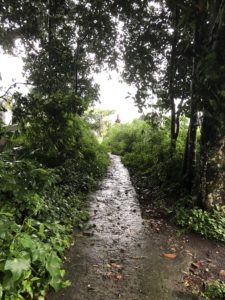 Dear Integral MeditatorsThis weeks article is one that I’ve published in conjunction with The Core Colective, it looks at areas of mindfulness that relate specifically to developing resilience.
Dear Integral MeditatorsThis weeks article is one that I’ve published in conjunction with The Core Colective, it looks at areas of mindfulness that relate specifically to developing resilience.
Wishing you strength of body, mind and heart,
Toby
Faced with pressure, stress and tension? Try these ky practices to develop mindful resilience
Mindful resilience is the capacity to remain actively aware, creatively productive, constantly learning, happy and effective in life and at work, even when faced with pressure, stress, and tension from both within our mind and from our external environment.
If you’ve gone on meditation and mindfulness retreats yourself, you’ll know the wonderful feeling of being inspired to take the mindfulness back to the real world. Fast forward to the moment you touch down at home, back to your usual routine, and you find the state of mind you attained on your retreat, hijacked from you.
Sustaining mindfulness isn’t challenging for you alone. This chalenge inspired Toby to come up with a well-rounded and resilient mindfulness training to enable people to develop mindful resilience as a way of life through mindfulness and meditation practices.
Below is a list of what Toby believes, from practical experiences, are key practices to developing mindful resilience: Read full article
Alternatively you can watch Toby’s 45 seconds to greater inner resilience:
Article content © Toby Ouvry & Integral Meditation Asia 2019.
Upcoming classes and workshops
Ongoing on Wednesday’s, 7.30-8.30pm (Restarts 21st August) – Wednesday Meditation for stress transformation and positive energy with Toby (Bukit Timah)
Ongoing on Tuesday evenings (Restarts 13th August), 7.30-8.30pm – Tuesday Meditation for stress transformation and positive energy with Toby (East Coast)
Tuesday 12.30-1.30 – Integral Meditation classes at Space2B on Stanley Street
Saturday November 16th, 11.30am-1pm – Get your meditation pratice started now – The shortest and most time effective meditation workshop ever
Saturday November 23rd, 10am-1pm – Qi Gong for Improving your Health and Energy Levels and for Self-Healing
Starts Sunday November 3rd – A six week mindfulness course for adults with ADHD
Re-Starts Monday November 4th, 6-7.30pm – The Men’s Group – The path of conscious manhood
Wednesday 6th November – Toby is a speaker at Naked Nights Presents: Religion In Our Modern World – The balance of tradition and modernity
Integral Meditation Asia
Online Courses * 1:1 Coaching * Books * Live Workshops * Corporate Mindfulness Training *Life-Coaching * Meditation Technology








